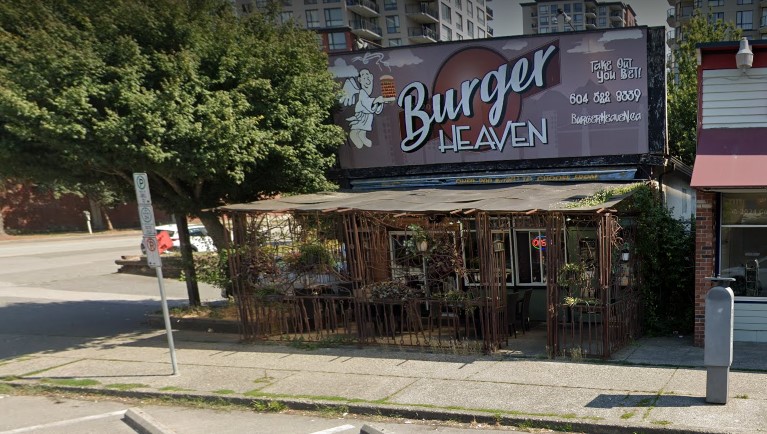Studies on B.C. safer supply emerge, finding different answers to different questions

Posted April 11, 2024 7:25 am.
The toxic drug crisis has torn through communities in British Columbia, with thousands of deaths blamed on illicit opioids, and emerging research may add to the divide over how best to deal with the province’s public health emergency.
Researchers behind two peer-reviewed papers looked at the possible impacts of B.C.’s safer supply program, which provides prescription alternatives to toxic illicit drugs, with two studies in international medical journals casting the strategy in different lights.
One found the program was associated with a reduced risk of death from overdose and other causes among opioid-using participants, while the other concluded the strategy was associated with a significant increase in opioid overdose hospitalizations across the community.
But the authors of the studies say the two sets of results aren’t contradictory; instead, they ask different questions about the policy, which was introduced in 2020.
The safer supply policy has since become a lightning rod for critics, including federal Opposition leader Pierre Poilievre, who has pledged to shut it down if he becomes prime minister.
Shawn Bugden is an author of one of the studies, which found an almost 63 per cent “relative increase” in the opioid overdose hospitalization rate across B.C. after the introduction of safer supply. It was published in JAMA Internal Medicine in January.
He said in an interview there could be multiple explanations, including the diversion of safe-supply drugs onto the illicit market, which the study says could occur “for various reasons, including to purchase unregulated fentanyl.”
Increased toxicity of illicit drugs during the period of the study could also be to blame, but Bugden said there was no similar increase in Saskatchewan or Manitoba. Those provinces do not have safer supply and were chosen as controls for the study because they had comparable data to B.C.
The authors were not trying to imply “causality” between safer supply and the spike in overdose hospitalizations, said Bugden, dean of the school of pharmacy at Memorial University of Newfoundland.
“Is it possible that putting more opioids into the system is not necessarily the solution, even though a common-sense approach to suggest a safer supply of drugs would be helpful? I don’t think we really know those answers,” he said.
“But they’re not inconsistent with the fact that some individual people may benefit. I think we just need more in-depth follow up.”
He added that “careful evaluation” was needed to make sure safer supply was working as intended.
“And on the other end of the spectrum, I think it would be absurd to indicate that our paper is definitive evidence that safer drug supply does not work.”
The study didn’t find a statistically significant change in deaths from apparent opioid poisoning.
Dr. Paxton Bach is one of the authors of the other study, published in the British Medical Journal in January. It concluded that one day or more of prescription opioid dispensation was associated with “significantly reduced all-cause mortality” as well as overdose deaths over the next week.
He said mortality reduction within a one-week timeframe may not seem significant, but the benefits add up.
“If somebody stays on this program for six weeks, or 12 weeks or 24 weeks or a year, then that risk (reduction) really starts to accumulate,” he said. “The total reduction really depends on how long you’re participating.”
Bach said the JAMA study demonstrated the possibility of an increase in opioid-related hospitalizations in B.C. compared with other provinces.
“But I think it’s very difficult to convincingly link that to the prescribed safer-supply policy,” said Bach, an addiction medicine physician at St. Paul’s Hospital in Vancouver and co-medical director of the B.C. Centre on Substance Use.
He said the other researchers were clear about their use of an approach that he said assumed everything would have stayed the same in the absence of safer supply. “I think that is, in these times, a very tenuous assumption,” Bach said.
With continued debate over the province’s safer supply program, the studies will likely provide fuel for both sides.
What is clear is something needs to be done about the toxic drug crisis, which has killed more than 14,000 people in B.C. since it was declared a public health emergency in 2016.








